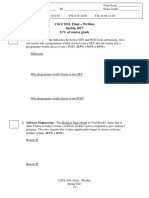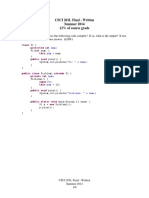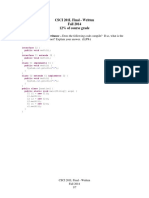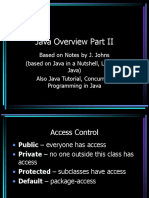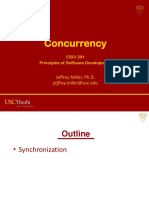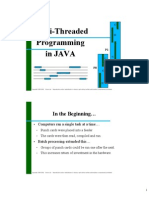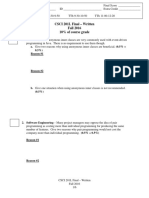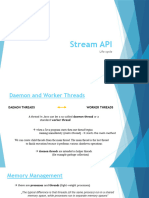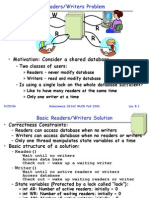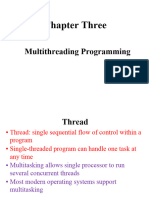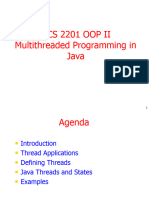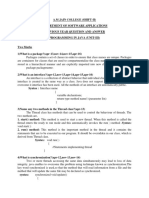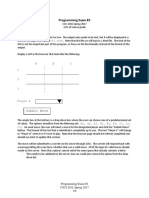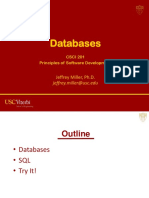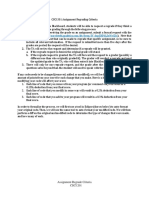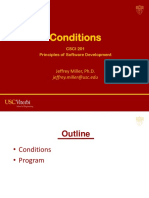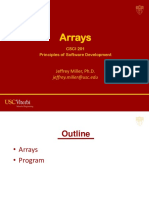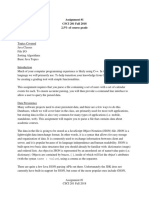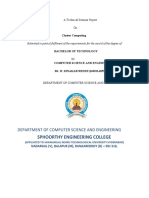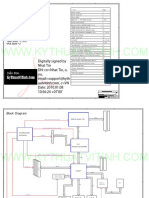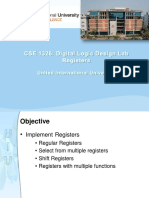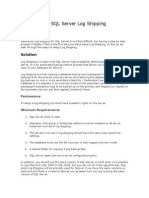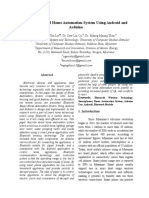0% found this document useful (0 votes)
100 views6 pagesCSCI 201L Final Spring 2014 13% of Course Grade
This document is the final exam for CSCI 201L Spring 2014. It consists of 8 questions covering topics from the course like inheritance, subnetting, multi-threaded programming, monitors and locks, semaphores, distributed computing technologies like RMI and CORBA. Students must answer each question which makes up a total of 13% of their overall course grade.
Uploaded by
John MathiasCopyright
© © All Rights Reserved
We take content rights seriously. If you suspect this is your content, claim it here.
Available Formats
Download as PDF, TXT or read online on Scribd
0% found this document useful (0 votes)
100 views6 pagesCSCI 201L Final Spring 2014 13% of Course Grade
This document is the final exam for CSCI 201L Spring 2014. It consists of 8 questions covering topics from the course like inheritance, subnetting, multi-threaded programming, monitors and locks, semaphores, distributed computing technologies like RMI and CORBA. Students must answer each question which makes up a total of 13% of their overall course grade.
Uploaded by
John MathiasCopyright
© © All Rights Reserved
We take content rights seriously. If you suspect this is your content, claim it here.
Available Formats
Download as PDF, TXT or read online on Scribd
/ 6
